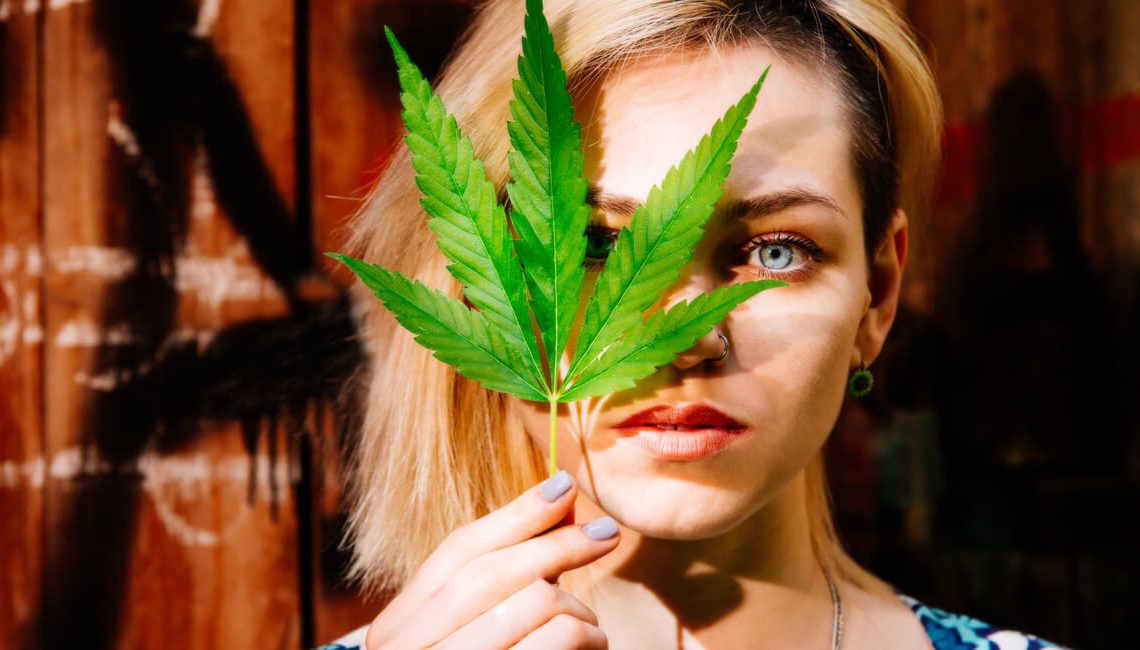
European Union regulations prescribe strict limitations to the cosmetic use of Cannabis Sativa. But is it right to generalize? Let’s shed some light on the matter.
Cosmetics is one of the most rapidly evolving sectors of the market. On the one hand, cosmetics are easily influenced by fashion, which changes all the time. On the other hand, continuous techno-logical advances have provided a steady flow of new, high-performing, increasingly personalized formulations. Hence it’s no surprise the increased popularity of cannabinoid-based products has affected the cosmetic sector, too. It is therefore important to try to clarify the situation regarding cannabis-based ingredients and cosmetic products, since there seems to be some confusion on the matter.
EU regulations on cosmetics prohibit the use of potentially addictive substances in cosmetic products, and in particular it forbids plant extracts from the flowers or buds of the cannabis plant (excluding the seeds and leaves, if the tips have been removed) from which the resin has not been ex-tracted, regardless the denomination. “Cannabis plant” signifies any plant of the Cannabis genus; “Cannabis resin” means the resin, both raw and purified, obtained from the cannabis plant. Hemp oil does not fall within the scope of the aforementioned prohibition (in fact, it is extracted from the seeds), but it is nevertheless extremely important to obtain further information on the processing and origin of this type of substance.
Despite these distinctions, all cannabis-related items have been marked as prohibited in the European Commission database, which is not necessarily correct. Hemp seed oil has been used in cosmetics for several years and is made from industrial cannabis varieties that can be grown legally in the European Union. Cannabis seed oil is permitted (despite the recent erroneous registration in the database) thanks to the link between European cosmetics regulations and international drug conventions.
While we await the final verdict, it is legitimate to ask: does hemp oil have any true indications in the field of cosmetics? It would seem so yes. Hemp oil (the only extract permitted for cosmetic use) makes cosmetic formulations silky and rapidly absorbable, it is an excellent moisturizer and emollient, and it has antioxidant, soothing and even antibacterial properties.
These characteristics make it an ideal candidate for the formulation of eco-friendly, dermocompatible products. In fact it contains omega-3, capable of restoring the epidermis’s barrier function, and phytosterols (plant analogues of estrogen, particularly appreciated for treating menopausal skin) and tocopherol (Vitamin E).
The prohibited parts of the plant (extracts, resins or dyes from the flowers, leaves and buds), on the other hand, have anti-inflammatory effects and a pharmacological analgesic action. It is important to underline that cosmetic products containing cannabis extracts must, however, adhere to the legal definition of a cosmetic product, i.e. a product intended to be applied on the external surfaces of the body or on the teeth and mucous membranes of the mouth for the exclusive or prevalent purpose of cleaning them, changing their appearance, protecting them, keeping them in good condition or correcting body odors. This legal definition implies that the cosmetic product is used on intact skin and for non-therapeutic purposes.
Article of Dr Adele Sparavigna for https://4me.styl


